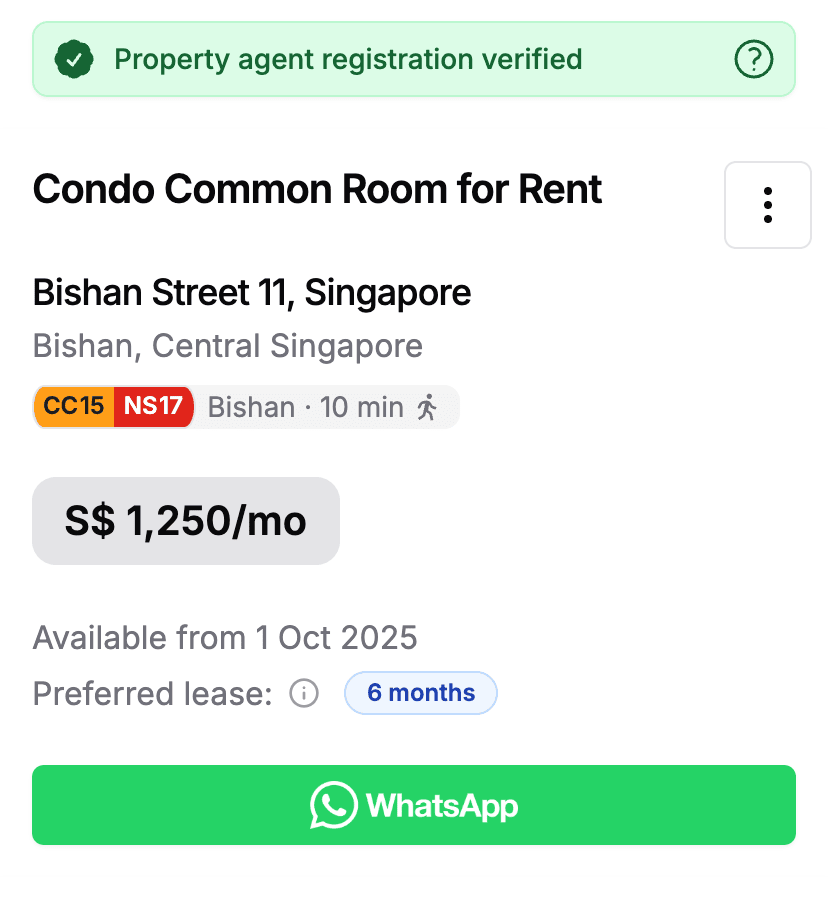Condos and Apartments for Rent in Marina South
Whole Unit
Below are some alternative Houses and Whole Units in Singapore.
S$ 17,800/mo
CondoWhole Unit
4 ·4 ·2508 sqft·Unfurnished
11 Cove Way
Southern Islands, Central Singapore
S$ 4,500/mo
HDBWhole Unit
4 ·2 ·1300 sqft·Fully furnished
106B Depot Road
Bukit Merah, Central Singapore






